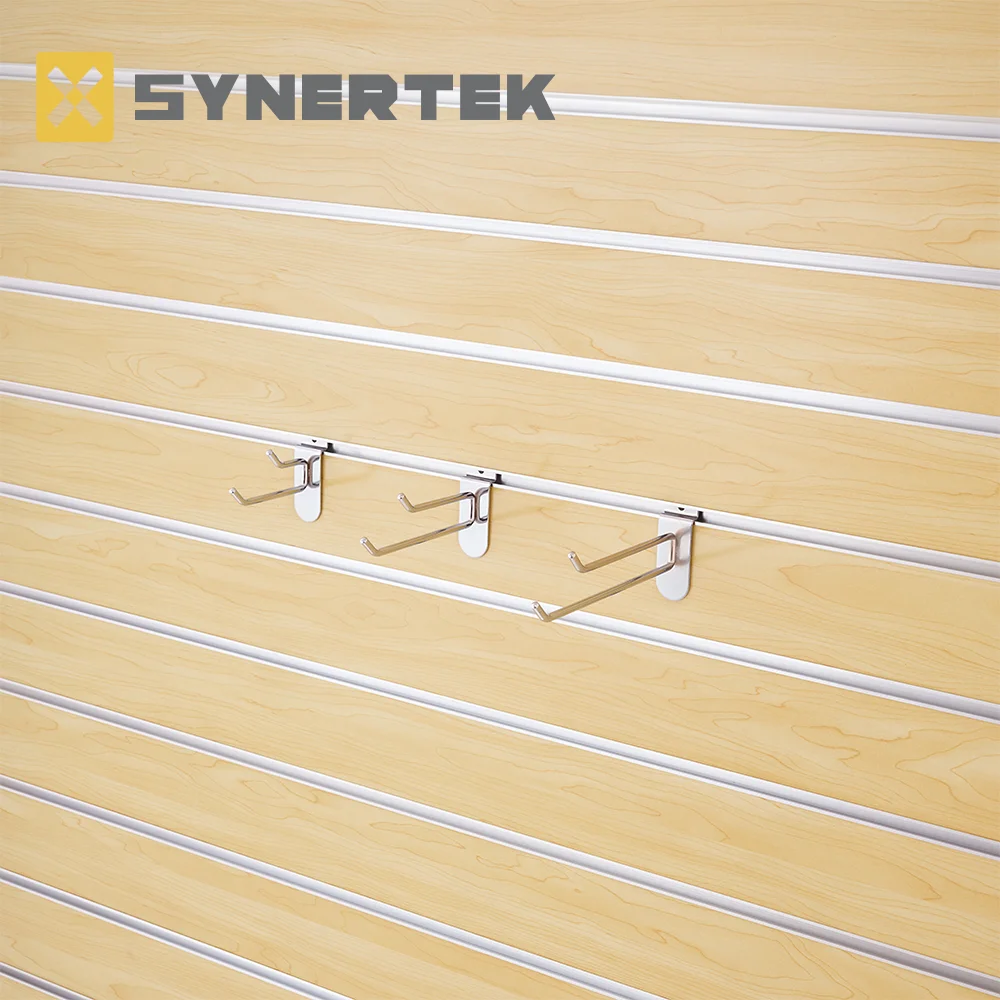Enhancing Concrete Durability: Effective Additives for Waterproofing Solutions
3 min readConcrete is one of the most widely used construction materials globally, known for its strength and versatility. However, its inherent porosity can lead to water infiltration, which may compromise structural integrity over time. To address this issue, many construction professionals and DIY enthusiasts seek effective methods to make concrete waterproof. This article explores various additives that can be mixed with concrete to enhance its waterproofing properties, ensuring long-lasting durability and performance.
Understanding Concrete's Porosity
Before delving into waterproofing additives, it’s essential to understand why concrete is porous. The hydration process of cement creates tiny capillary pores within the concrete matrix. While these pores contribute to the material's strength, they also allow water to penetrate, leading to potential issues such as efflorescence, freeze-thaw damage, and corrosion of embedded steel reinforcements. Therefore, incorporating waterproofing agents into the concrete mix is crucial for projects exposed to moisture.
Key Additives for Waterproofing Concrete
- Waterproofing Admixtures
- Crystalline Waterproofing Agents: These are chemical compounds that react with water and the byproducts of cement hydration to form crystalline structures within the concrete. This process blocks water pathways and enhances the concrete's impermeability. Popular brands include Xypex and Kryton, which are effective for both new and existing structures.
- Hydrophobic Pore-blocking Agents: These additives work by repelling water and filling the pores in the concrete. They often contain waxes or fatty acids that create a hydrophobic layer, preventing water from penetrating. Examples include products like Sika Waterstop and MasterSeal.
- Polymer Modifiers
- Latex Additives: Incorporating latex polymers into the concrete mix can significantly improve its flexibility and adhesion, while also enhancing waterproofing capabilities. These additives create a film that prevents water ingress and can be particularly useful in thin overlays and repair mortars.
- Polymer-Modified Cementitious Coatings: These coatings can be applied to the surface of concrete to provide an additional layer of waterproofing. They are often used in conjunction with traditional concrete mixes to create a robust barrier against moisture.
- Silica Fume and Fly Ash
- Silica Fume: This byproduct of silicon metal production is known for its pozzolanic properties. When added to concrete, silica fume fills the voids in the cement matrix, reducing permeability and enhancing strength. This makes it an excellent choice for waterproofing applications.
- Fly Ash: As a supplementary cementitious material, fly ash can improve the workability and durability of concrete. Its spherical particles help reduce water demand and enhance the density of the concrete, contributing to lower permeability.
- Hydraulic Cement
- Rapid-setting Hydraulic Cement: This type of cement sets quickly and is inherently water-resistant. It is ideal for repairing leaks and can be used in applications where immediate waterproofing is necessary. Its unique formulation allows it to expand slightly as it cures, which helps to seal cracks and voids.
Practical Considerations for Mixing Waterproof Concrete
When mixing concrete with waterproofing additives, several factors should be considered to ensure optimal performance:
- Proportioning: Follow manufacturer guidelines for the correct dosage of waterproofing admixtures. Overuse can lead to workability issues or affect the curing process.
- Mixing Techniques: Ensure thorough mixing to achieve uniform distribution of additives throughout the concrete. This is crucial for maximizing the waterproofing effect.
- Curing Practices: Proper curing is essential for achieving the desired strength and waterproofing characteristics. Use curing compounds or wet curing methods to maintain moisture levels during the curing period.
Conclusion
Making concrete waterproof is a critical consideration for any construction project exposed to moisture. By incorporating the right additives, such as crystalline waterproofing agents, polymer modifiers, and supplementary cementitious materials, you can significantly enhance the durability and longevity of your concrete structures. Whether you are working on a new build or repairing existing concrete, understanding these options will empower you to make informed decisions that lead to successful, waterproof results.

